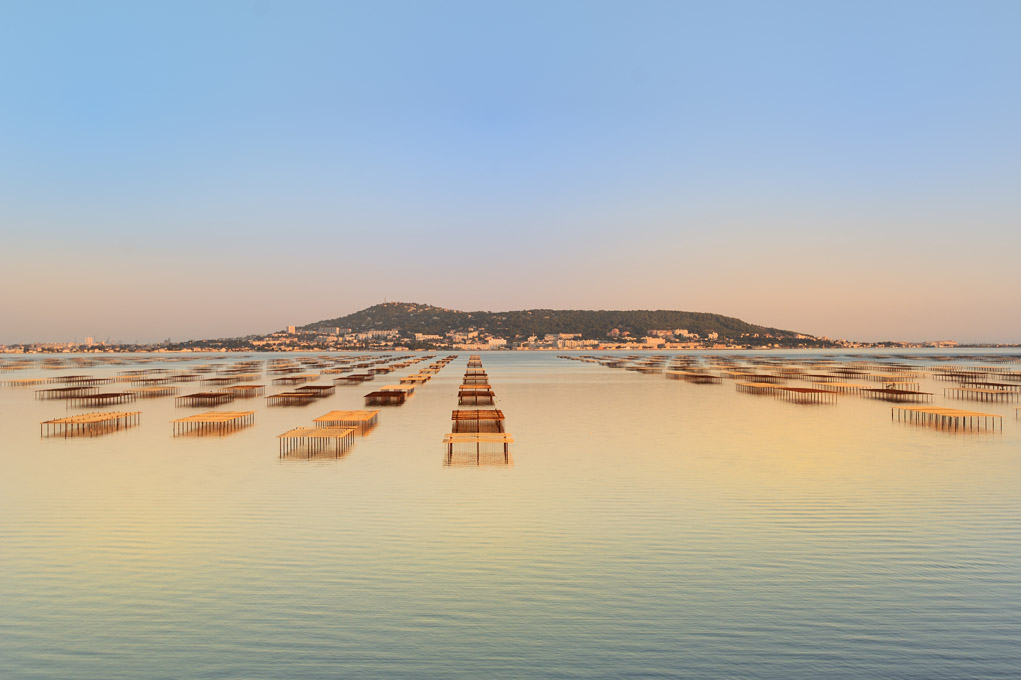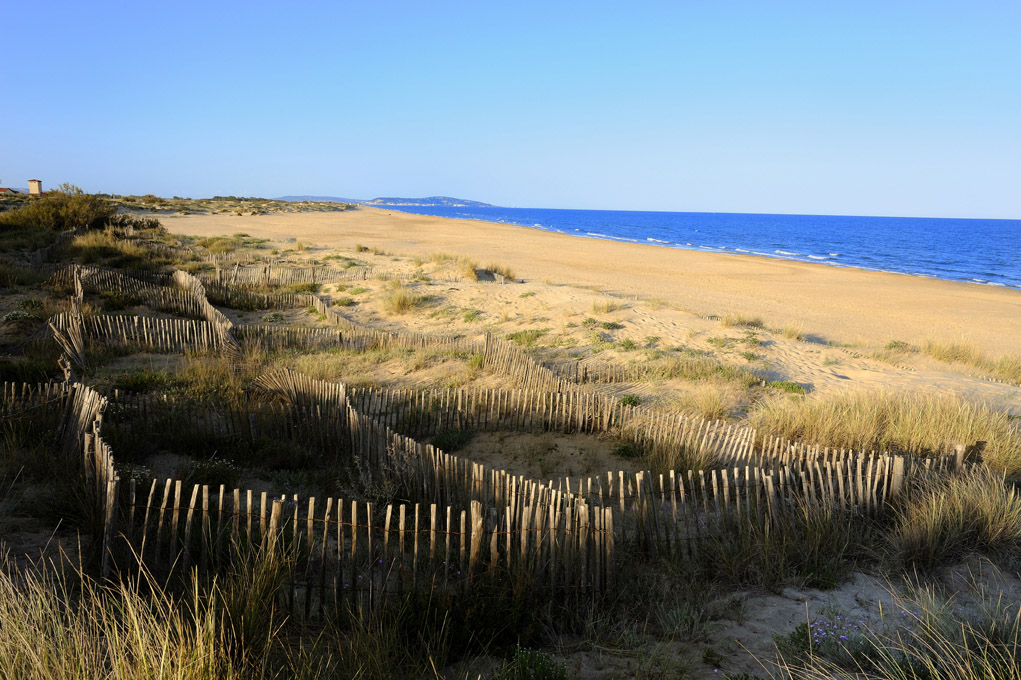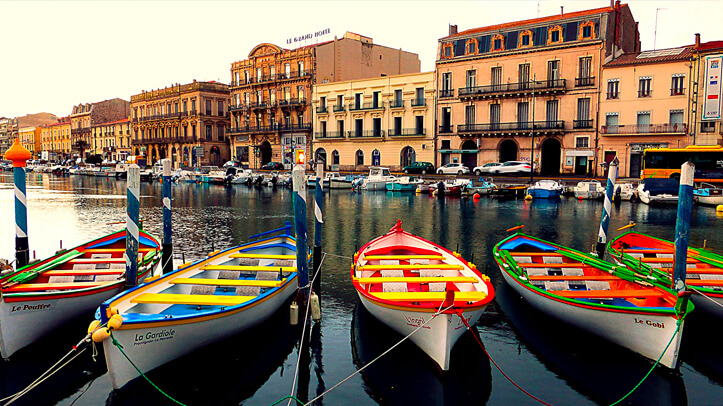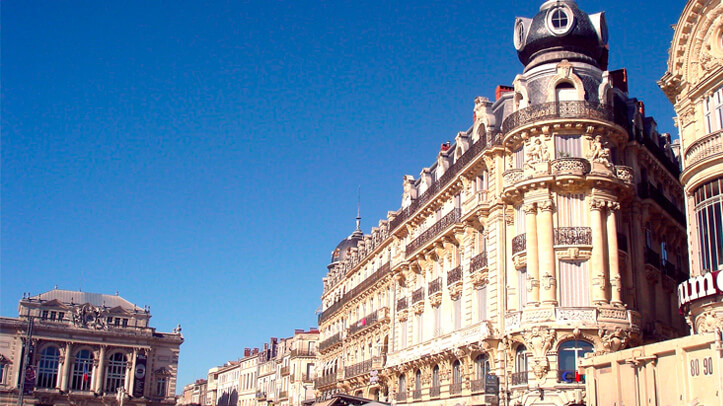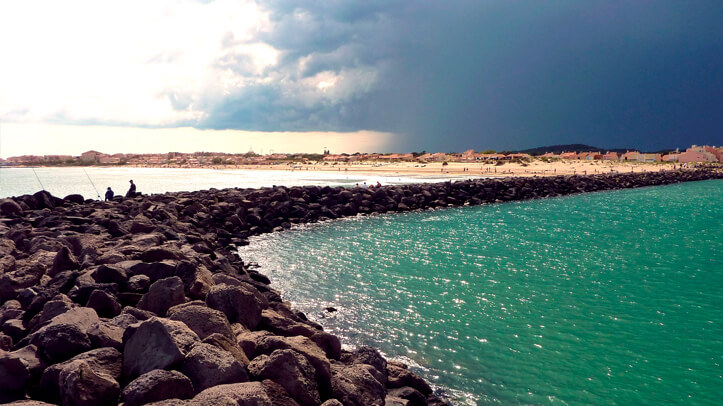Domaine LAVAGNAC : the place, the history
History
Renaissance of the Little
Versailles of Languedoc
Once known as the “Petit Versailles du Languedoc”, thanks to its boxwood parterre inspired by the gardener André Le Nôtre, Domaine Lavagnac is home to a magnificent 18th-century château listed as a historic monument. A semi-circular forecourt surrounded by clipped laurel hedges gives access to the gateway of the main courtyard. The castle is adorned with two external staircases that face each other. Their sculpted stone banisters are identical to those which the architect Augustin-Charles d’Aviler later adorned on the Peyrou promenade in Montpellier. A second porch, in line with the first, leads to the courtyard of the outbuildings. The main façade overlooks three large parallel terraces, the lowest of which has a parterre of pruned boxwood. Inside, the ground floor and the first floor are occupied by a Pompeian-style atrium completed in 1791. The reception rooms open onto the first level and the bedrooms, on the second, open onto a gallery supported by four columns. Two niches house oil lamps, copies of those found in Pompeii. The large chandelier was designed by Mathurin Cherpitel, architect of the Hôtel de Faventines in Paris. Finally, the chateau’s park is planted with cypress, pine, and cradle-cut plane trees. Wide, elegant driveways all around the estate are hedge-lined with laurel bushes.
History tells us that before the Revolution, the Château de Lavagnac was first owned by the Princes of Conti and then by the Daudé d’Alzon family. Over the years, it became the property of the Chastenet de Puységur and then the Suarez d’Aulan. Today, the castle’s silkworm farm, sheepfold, wine cellar and outbuildings still represent the estate’s former activities through agriculture, winegrowing and silkworm breeding, otherwise known as “sericulture”.
Location & Neighbouring towns
Resources of the local
heritage
Living or staying at Domaine LAVAGNAC will allow you to discover the local splendour and heritage of the region through: Pézenas, the town of Molière located in the Hérault hinterland; Sète, the first port of the French Mediterranean and city of Brassens and Paul Valéry; Montpellier, the festive and cultural city, and many other places !
Key figures
Lavagnac in a few figures
Hectares
Houses
Holes
Heritage
Local and Mediterranean flavours
Take a tour guided by the scents and flavours of the South
A Mediterranean walk will awake all your senses and indulge an appetite for the finest of fares. Fall in love with the traditions and regional culinary delicacies through the flavours of olive oil, freshly caught fish, oysters from the Thau Lagoon, Camargue rice, chestnuts, sweet onion from the Cévennes, honey, fruits and vegetables bursting with sunshine, tapenade, anchoïade and wine…
